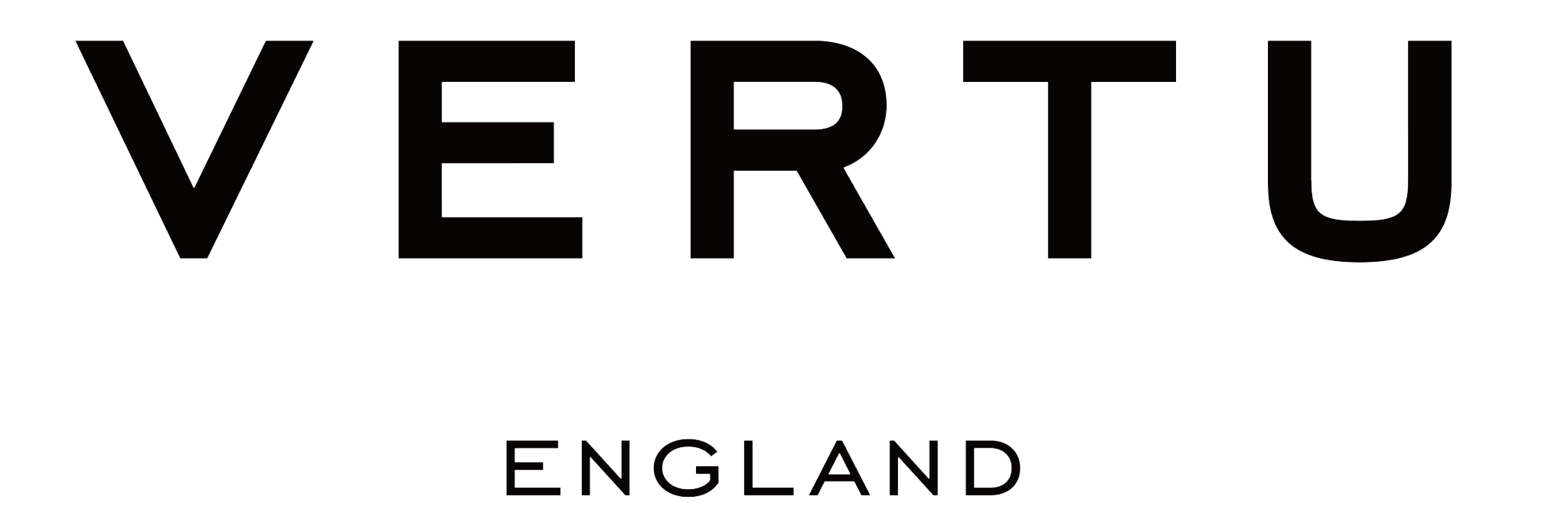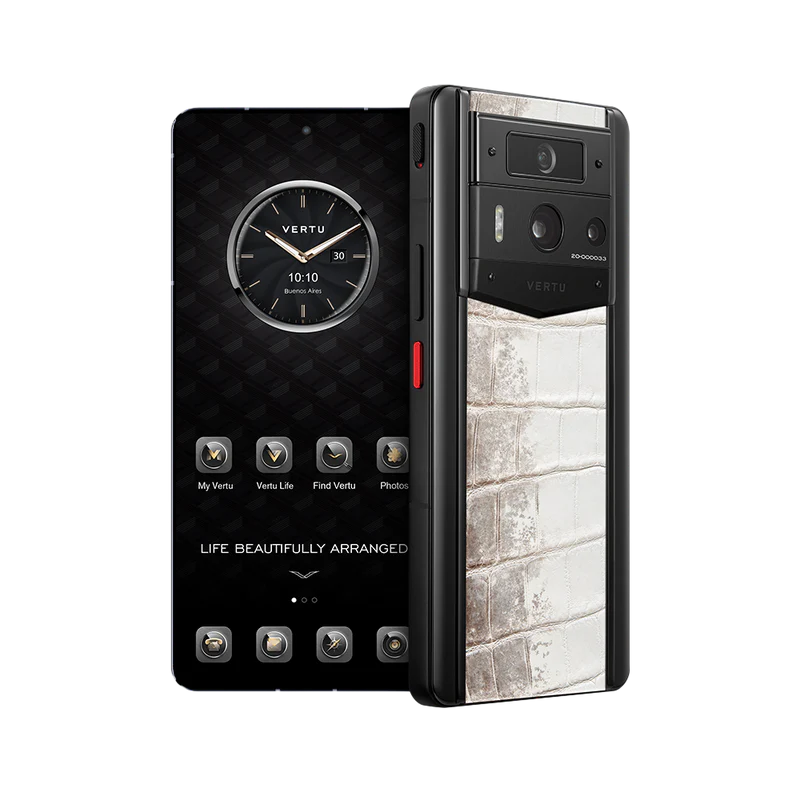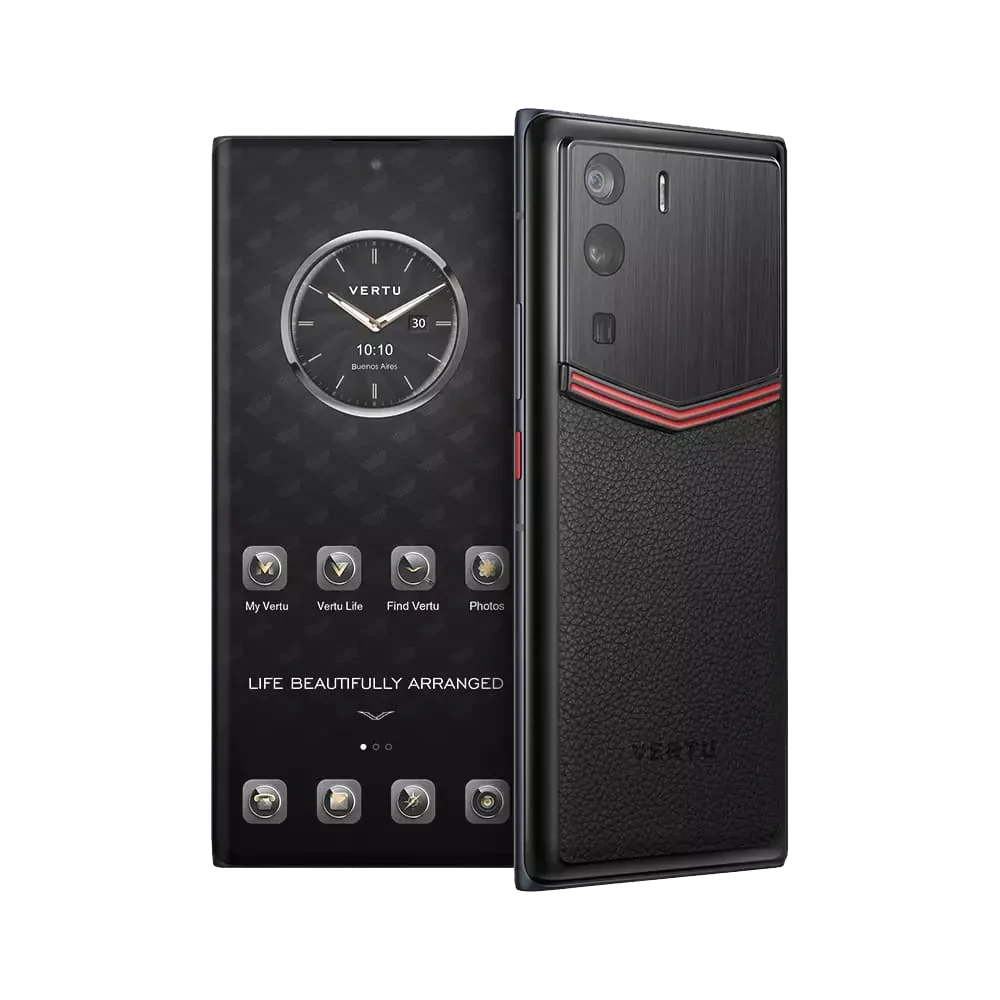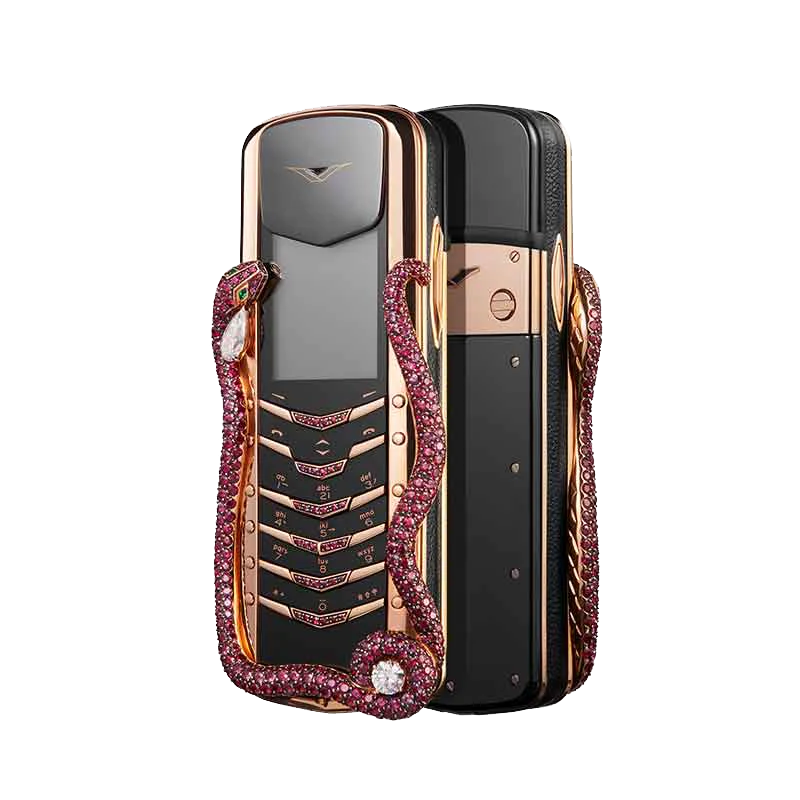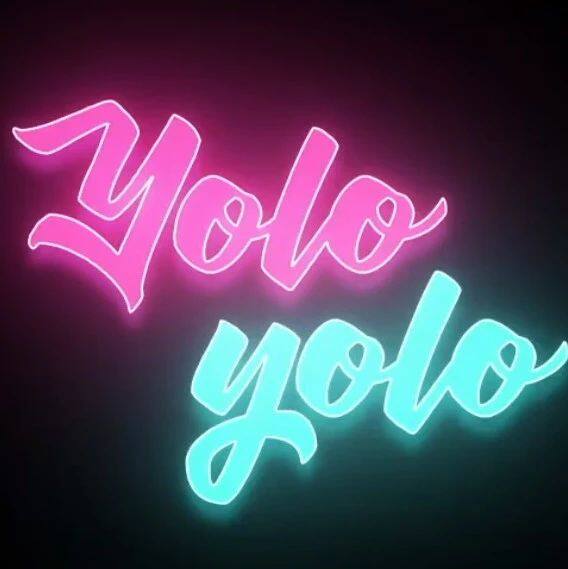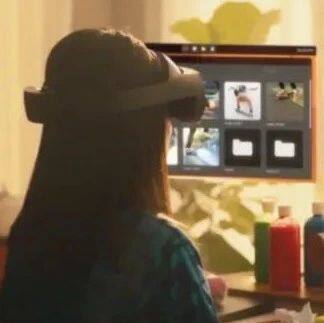Authors: Pyrs Carvolth and Maggie Hsu
As the NFT market evolves, some larger projects have reached billions of dollars in sales within the past year, with other projects’ influence also on the rise. Some of these projects have attracted considerable attention from traditional companies, ranging from Ledger hardware wallets to Fortune Magazine and denim staples.
However, for companies looking to initiate new partnerships, it is often unclear where to start. Some projects, like NBA Top Shot, began with brand-protected partnerships. More projects started small, capturing the zeitgeist as memes, experimental art pieces, or passion projects among friends, then evolved into established brands, built from the ground up on a large grassroots community of NFT holders.
Just as some traditional customer acquisition frameworks are flipped in Web3 market outreach, developers may need to move away from more traditional “outside-in” business development approaches (such as approaching a BD team with a perfect proposal) and adopt a more “inside-out” method. By “inside-out,” we mean understanding a project’s mission or vision; building authentic connections rooted in community engagement; and conducting thorough research and philosophical alignment before pursuing potential partnerships. This applies whether you are selling services (such as tools or infrastructure) or pitching campaign ideas.
NFT communities are not monolithic; they are unique organizations that often resemble networks and vary greatly in mission, product, and organizational structure. Any outreach initiative should reflect these differences. In this article, we provide a framework for Web2 and traditional brands navigating Web3, as well as Web3 teams venturing into NFT partnerships for the first time. We start with how to research NFT projects (and communities) of interest, then delve into approaches for approaching and pitching potential partnerships.
- Fundamentals: From “Know Your Customer” to “Know Your Community”
Behind many popular NFT projects are teams, products, and tens of thousands of NFT holders, but you might also find an artist managing a tight-knit community. Research should always take these differences into account, extending the “know your customer” standard from traditional business practices to “know your community.”
Understanding the operations, mission, and people driving a project (including creators and their communities) is a crucial first step. While most project founders and missions set the tone for their community’s culture and philosophy, it is also essential to consider more practical or functional parameters (such as organizational and legal structures) to guide outreach and effectively address partnerships.
Understanding a Project’s Organizational and Legal Structure
The first step in understanding a project is to find its founders. They can sometimes be the best point of contact, as most NFT projects do not operate at a scale that requires a dedicated business development team. However, contacting (or even identifying) Web3 founders is often not as straightforward as looking at an “About Us” page.
Founders may be anonymous, pseudonymous, or provide little information about their background beyond a Twitter account. However, even if founders choose to remain anonymous, they often remain heavily involved in the project and community’s direction.
NFT communities also vary greatly in organizational and legal structures. These structures can have a broad impact on potential partnerships, including how to make contact, the types of partnerships that can be pursued, and other parts of the process that may be taken for granted when working with traditional organizations. For example, a project may rely on a decentralized autonomous organization (or DAO) for decision-making and not have a formal legal entity; crucially, projects not organized as formal legal entities may not be able to sign certain paperwork, such as non-disclosure agreements or NDAs.
Organizational structure can also tell us who to contact and who is responsible for making partnership decisions (which is not always clear given the decentralized and distributed nature of DAOs). For example, a DAO may manage the intellectual property or trademarks of an NFT project.
DAO governance may also mean that NFT holders need to vote on partnership proposals received by the project. In such cases, potential partners may end up actively campaigning for NFT holders to vote in favor of their proposal. There are many partnerships proposed and publicly voted on through Snapshot (a public voting tool for DAOs), ranging from LinksDAO charity partnerships to MutantCats B2B partnerships. Many business development-related proposals, if seeking funding for partnerships from a DAO, may need to follow similar steps. For example, NounsDAO has grants that anyone, including potential partners, can propose through Prop.House.
In other cases, outreach work may not need to start with the creators at all. Individual members of some communities hold commercial rights to the artwork used in their NFTs, meaning the owners (or their organizations) can establish independent partnerships. For example, owners of Bored Ape Yacht Club (BAYC) NFTs have independently launched a range of projects; recently, IRL beverage Web3 communicators Ape Beverages announced a “call to action” to license the apes in their community for appearance on their water bottles (for more information on how

